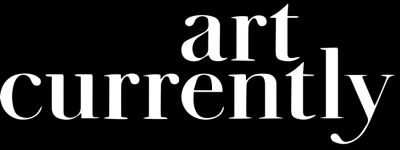Neon Artist Annesta Le Uses Art As Spiritual Guidance
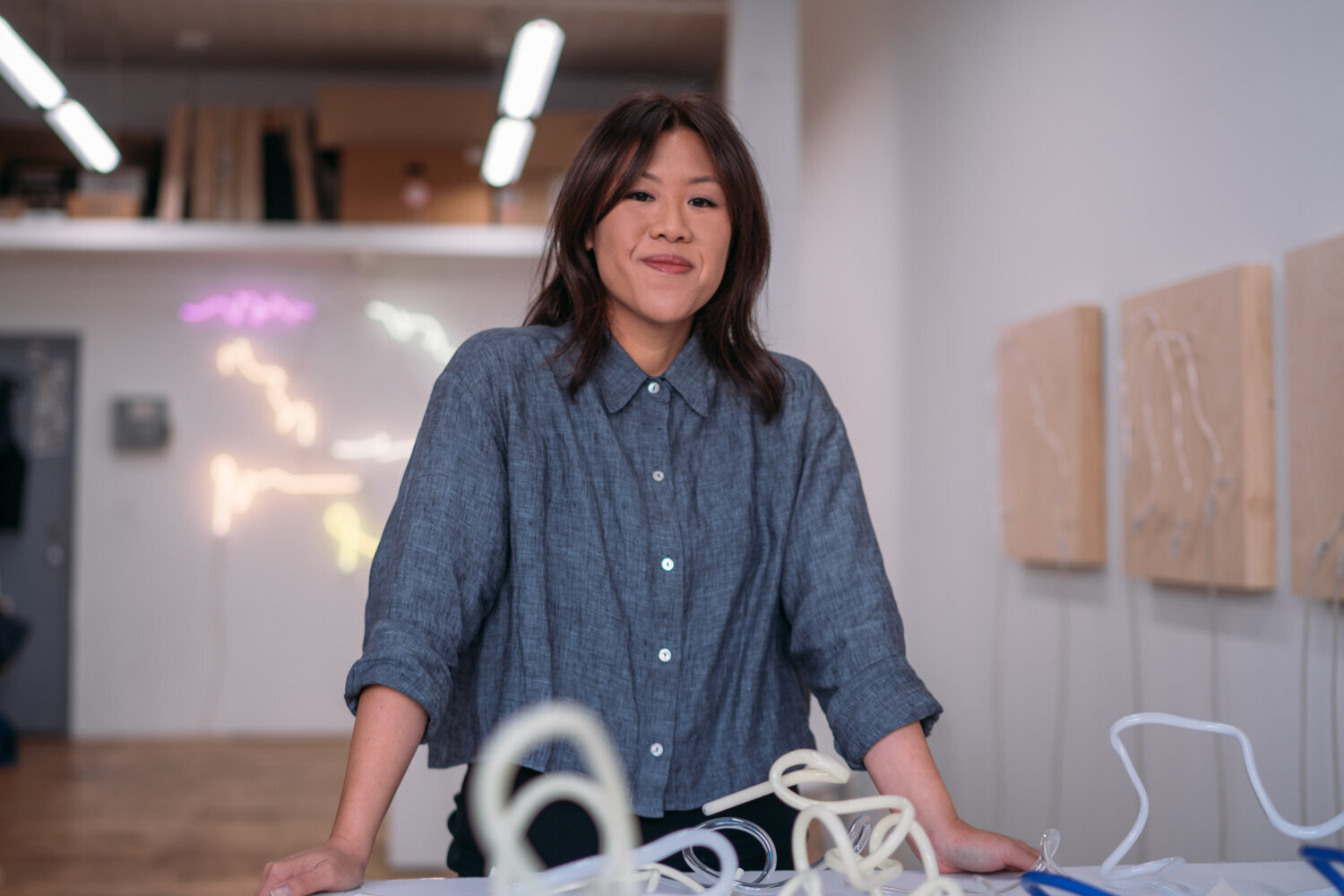
On View
Visit the Online Viewing Room: Annesta Le | Written in Line at The Honey Pump.
Visit the Group Exhibition, Art + Design at Yi Gallery in Brooklyn, from August 7th through September 5th, 2021.
Annesta Le's relationship with art is much more than a creative practice or a career switch she intrinsically decided on. Art is a ritual practice, per se, and has been a form of self-discovery since her not-so-traditional entry to the field and throughout. The artist whose eye-catching, self-proclaimed "neon drawings" of fluid yet complex lines had a destiny she couldn't ignore - as if it was a tug from within or a spiritual reckoning.
Without understanding Le's background, we as spectators may contemplatively perceive her neon drawings as abstracts. However, the artist, who once aimed to be a programmer, assimilates her work from a profound experience. Le explains, "in the hopes of finding my path, I quit my job at the time. I knew I wanted to do art; this led me to travel to the Brazilian rainforest to participate in an Ayahuasca ceremony. I stayed at the Taruma Nature Sanctuary for two and a half weeks. During the Ayahuasca ceremony, I had visions to get an art studio - I recall so clearly a vision that told me, go to your studio, do your art, while having flashes of installations that, at the time, I didn't know what they were." Following that vision, Le began working towards her art practice, and shortly after her travels, she found herself a 200 sq. foot studio space in Brooklyn in 2012.
Like most first generations, landing a career that guarantees financial security and benefits is a goal to consider. Le's parents escaped the aftermath of the Vietnam War and lived in a United Nations refugee camp before being granted asylum in the U.S. and moving to Minnesota, where Le was born. When coming of age, art was not an option for her parents; therefore, she chose to major in Computer Science at The University of Texas at Arlington but dropped out one year before graduating. Given that Le was a self-taught graphic designer, she worked at a tech company while supporting her sister. After getting her studio, her path with art would have a positive repercussion for her. She continues, "At that point, the art gave me a voice to work out my emotions; I didn't intend to put on any shows or make a living out of it. When I was younger, I had done some paintings but felt insecure about them, so I threw them away. Having my studio allowed me to re-introduce myself to painting, and this is when I took my first neon class."
More often than not, neon lights are associated with their use in business signage typically seen outside a restaurant or bar. Its popularity started when the French engineer George Claude presented his developed neon tube lights at the Paris Motor Show in 1910. Since then, neon light has become an essential visual element of American life, especially in Las Vegas. With the start of pop art in the 1950s, neon light went from being commercially used to a medium of expression in arts, especially throughout the 1960s and 1970s. Artists like Tracey Emin, Bruce Nauman, Joseph Kosuth, and Keith Sonnier popularized neon art and paved the way for more contemporary artists such as Le.
However, Le's works do not pertain to the traditional neon art style. She emphasizes that her work connects emotionally with forms that evolve while working under the fire. It's a process guided more by momentum rather than pre-conceived notions of her result. For Le, her use of neon not only allowed self-expression but also connectivity between her body, spirituality, and intellectual practices. Le's neon drawings combine physical and emotional preparation and process guided by intuition; a union between alchemy, the Jungian principle of "individuation"', and "asemic writing", or the writing form without a specific meaning, open to the viewer's interpretation.
Looking at her works, I reflect on myself; the elongated yet delicate forms guide me through an emotional state of internal meditation. In our conversation, Le and I talked about her journey and the parts that conform to her art on a deeper level.
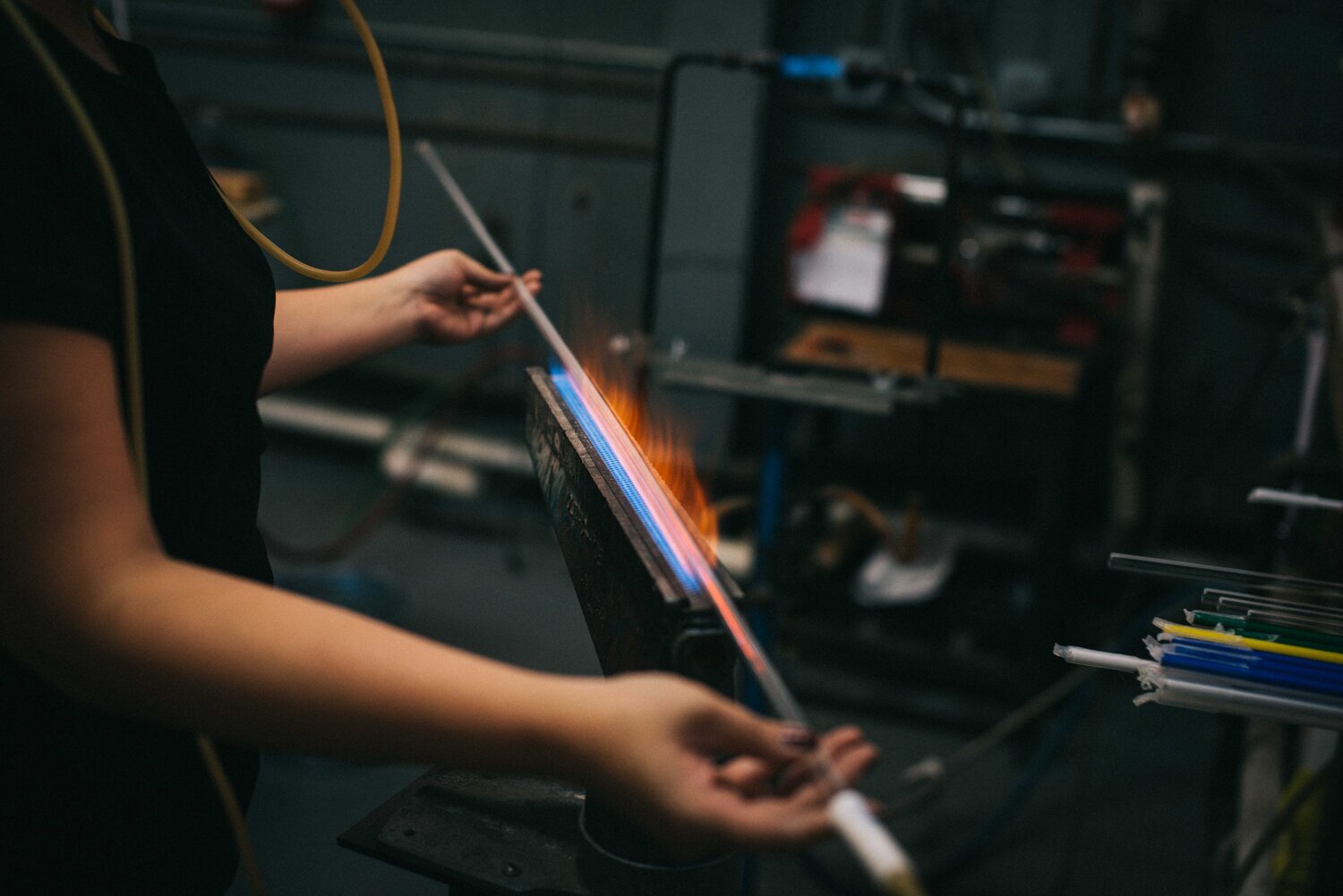
Photo credit: Eli Montes (@alfiefriday)

Photo credit: Eli Montes (@alfiefriday)
(Q) Walk us through how you started using neon lights as an artistic medium.
Due to my love for space and light, I wanted to create a neon piece of my own. My first neon class at Brooklyn Glass was a birthday gift from my husband. I remember bending my first piece and being scared because it involved working with fire. But then throughout the course, I began to feel very comfortable with it and asked myself why this feels so right? I fell in love with it. (It was so weird because I never had even thought about it as a medium to use, I was trying to be a painter.) After that, my path with art started to evolve more naturally; having my tiny studio, where only my husband and landlord were allowed in. My landlord was the one who convinced me to participate in Bushwick's Open Studios . The event took place in June 2013 and was incredible; around eight hundred people came through that weekend, including press members. And lots of attention to the neon art I was doing. Curator Luis Martin, who was at the building, offered me my first show, and this is how my story with neon art started. Looking back to this moment, I would never imagine where I am today, to be honest.
(Q) You mentioned before that you wanted to be a painter. What were your previous encounters with art before making it a form of living?
I lived in several states and cities across the U.S., such as Minnesota, Los Angeles, Texas, Virginia, Baltimore, and New York. Still, it wasn't until I moved to New York fifteen years ago, where I had more profound encounters and connections with art and artists. Therefore, a more formal view of the art world. I've learned most of it on the go while doing my art. The exciting part is that I am still learning about it. I am naturally a creative person, so I was creating digital art before going into the visual arts. Around 1999- 2001, I was part of an online graphic arts community where the popular activity was "Photoshop battles" and creating/remixing desktop wallpapers. My art from the time has a very digital and 1990s aesthetics.
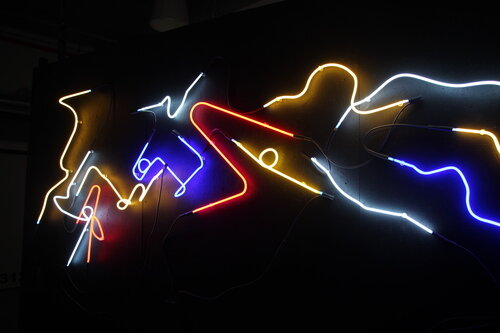
(Q) You've said in past interviews that working with neon requires a lot of physical work. Can you share your process of preparation before you dive into creating one of your pieces?
I don't know what it's like for other artists working with the neon medium, but my preparation process before starting a new piece is something that has evolved throughout the years. For example, I would go into the workshop having drunk a large cup of coffee, and I would notice how it affected my stomach. The pieces would then reflect that physical sensation - the glass would start to crack and break, or I would burn myself. But then I saw that if I came in with the right amount of food and liquids, the pieces start to flow, and the curves look a lot smoother. Essentially, the lines reflect my state of being, so I have to prepare my body and mind before the creative process.
Working with neon requires me to keep a latex hose connected to a glass tube in my mouth and blowing in it while standing over a fire on a ribbon burner for hours throughout the day. Sure, I can make a piece in ten minutes, but I find myself asking, does this piece feel right or make sense? I go through a lot of glass. Most neon works you see are pictorial and have very literal and figurative forms, like a sign with letters that follow a pattern. My work generally doesn't follow a pattern. I go by my intuition, feelings, and how the curve looks, and then I composite the final image.
(Q) I love how your art is reflective of your mental and physical state. What are specific learnings you have taken out of the practice of doing neon art?
That's a good question. I ask it all the time; I even asked it before talking with you. Why did I choose to do neon art if I hate wires? The medium is so expensive! (Laughs) And my answer is, I am drawn to light. I am really into Carl Jung. He had this idea about the "shadow", and in a personal and spiritual sense, I am all about light and darkness. Light is so attractive, but you also have to understand and be friends with your "shadow" to integrate yourself.
The process of creating neon fascinates me. Because there is gas involved, the colors are made out of phosphorescent powder, there is a drop of mercury in each tube, and all of these elements combined with electricity create an electrified bright light that is difficult to match otherwise. In terms of lessons, it gives me the ability to trust myself because it is such an intuitive process. This has evolved into self-confidence.
(Q) In your work, there is not only the physical work present; there's also the spiritual and intellectual components. Mainly the principle of "individuation" and "asemic writing". How did these forms of knowledge become a natural part of your art?
Carl Jung developed the term "individuation", which, in my own words, is to recognize and integrate one's consciousness and unconsciousness because if you ignore one, you will become unbalanced. In this sense, light sheds light on the shadow. When I started working with neon, I didn't understand what I was doing until years later, when I realized I was creating and expressing a visual language. Writer David Ebony brought up the term "asemic writing" in the essay for my solo show at Yi Gallery, Inner Space: Works by Annesta Le . I had no idea what that was, but he was the one who saw my work and identified it with this term. Although, at this point, I had a solid body of work that reflected my style and artistic language. The term "asemic writing" resonated with my work.
When I was younger, I felt I didn't have a voice, but my lines have become my own way of expression over the years. I've endured lots of healing by practicing Jungian psychoanalysis because my art is based on a symbolic-spiritual space. By comprehending such philosophies, practices, and forms of knowledge, I've learned a lot about myself too.
(Q) What are your hopes when viewers encounter your art?
The main thing I hope people take from my art is a deeper connection to the self and being emotionally touched by it. I want to expose vulnerability and rawness in my art, and I hope people can take that away.

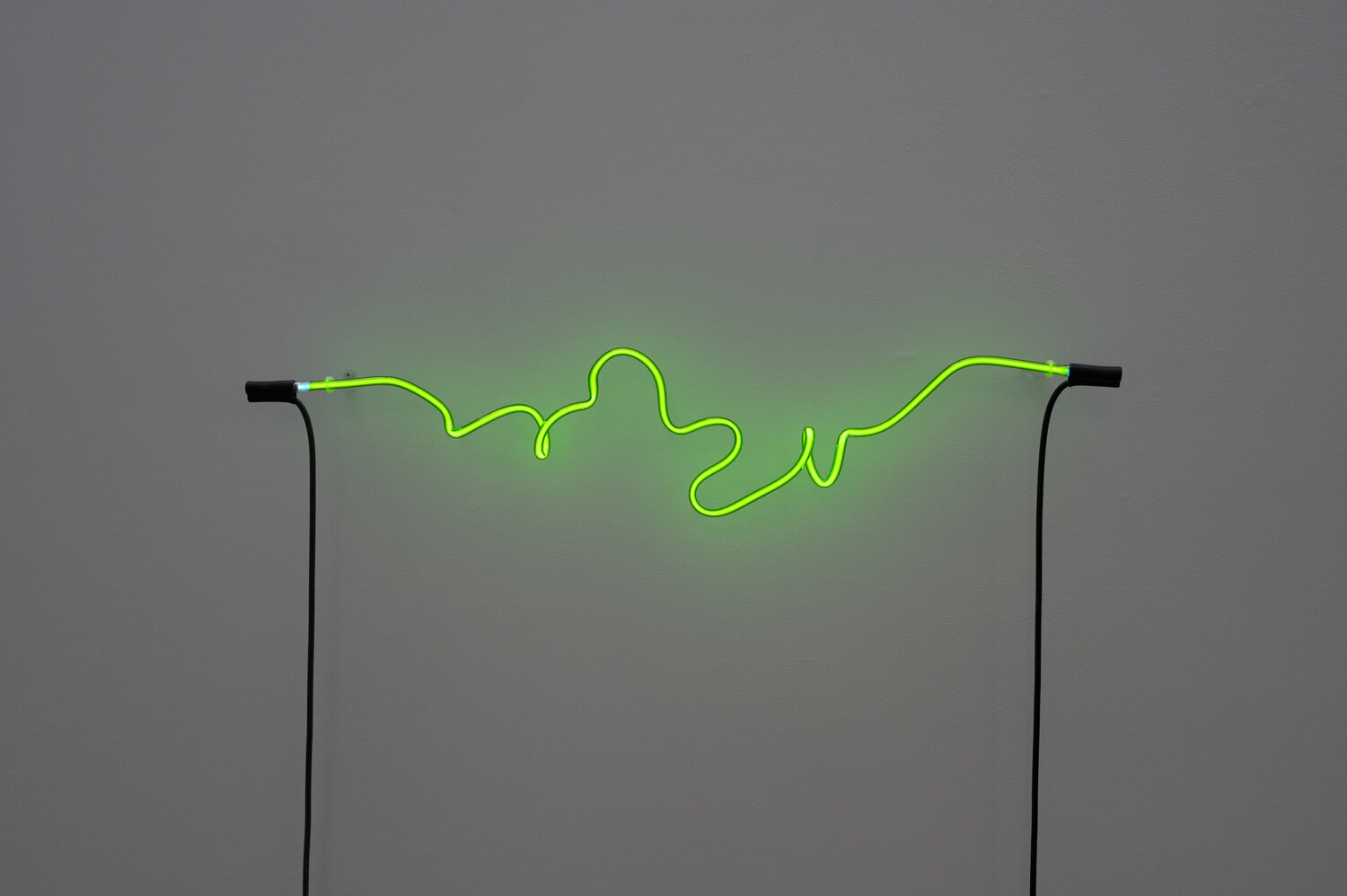
Images courtesy of the artist.
Thumbnail image: photo credit by Vanessa Gonzalez-Bunster (@cessamarie)
Selected bibliography:
Santiago Cortés, Michelle, "10 Artists Who Made Masterpieces with Neon,"Artsy. Published December 10, 2018. https://www.artsy.net/article/artsy-editorial-10-artists-who-work-with-neon
Voss, David, ed. "This Month in Physics History. December 1910: Neon Lights Debut at Paris Motor Show." 24, no. 11 (December 2015), American Physical Society. https://www.aps.org/publications/apsnews/201512/physicshistory.cfm .
